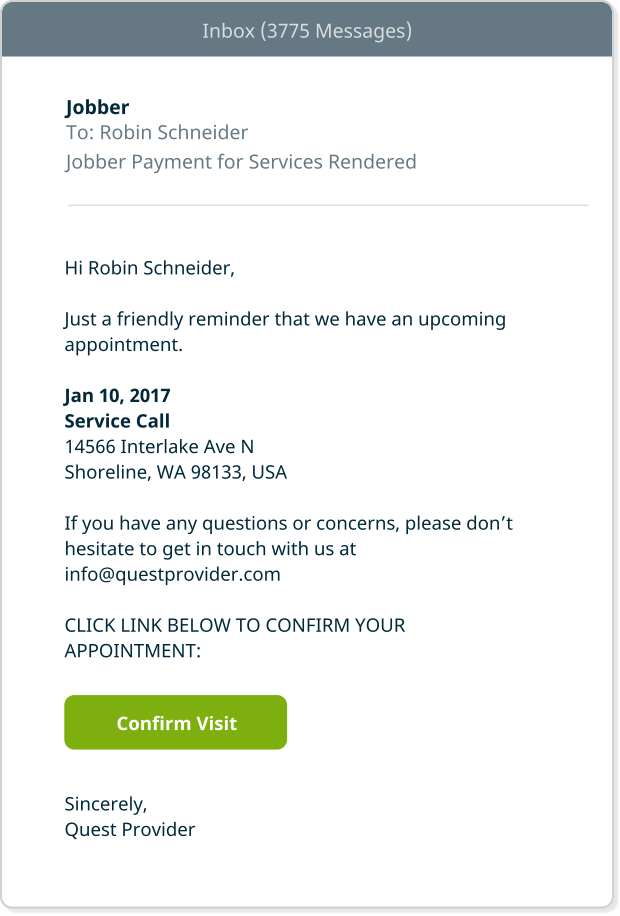
This is implemented in main.py by the CleanStart class. This method is used together with pdf-client to process the text and post back to the server. The output path is the same as the ground truth file, which is indicated by path argument. The name of the file contains the ground truth The directory of the output and the ground truth The method is called in main.py to create a file that compares the output of the cleaner with the manually edited ground truth in parallel. It runs all the stages of the pipeline on the input text and returns the processed text. This method is called in main.py to execute cleaner. You can change the stages of the pipelines by modifying this list.ĭefine your own stages in cleaner.py as a function, and add your function name into the list to add new pipeline stage.Ĭhange the order of the function to change the order of the stages. Clean class in cleaner.py The method list
EMAIL TEXT CLEANER CODE
You can also customize the output file names in main.py.ĭemooutput.txt: the output of the cleaner.Ĭhecktruth.txt: a file compares the code output with the ground truth in parallel.ĭemodebug.txt: shows the changes in input text during different stages of the pipeline, used to check if each stage functions correctly.
EMAIL TEXT CLEANER UPDATE
Here the file names are default file names, you can use different names, but must update the file name in main.py accordingly.ĭemofile.txt: a sample input used for testing the functions of the cleaner.Ĭorrecteddemotext.txt: the ground truth manually obtained from the demofile.txt, used to check the correctness of the output of the cleaner. Put these files in the input folder for reading. To process text locally, run main.py with the files listed below.

Detailed argument format of MultiThreadWorker can be found in pdf-client repo. In postBook.py, specify the source and target argument of MultiThreadWorker to specify the source target version. Third line: The world is crushing my soul, and so are you.Then in postBook.py, specify the location of the config.json. Third line: I just read the Tell Tale Heart. print('Third line:', body.splitlines(True)) > for email_text in email_start.split(text): > email_start = re.compile(r'(?> parser = parser.Parser(policy=fault) header can help there, using a regular expression: import reĮmail_start = re.compile(r'(?> import re You'll still need to separate the emails in the larger text, but the From. If all you wanted to achieve was to parse a string containing a standard-format email, then use the email.parser module it is part of the standard library. Instead, we can translate each punctuation char to a space, and then split on whitespace: # Map all punctuation to space However, simply deleting all the punctuation is a bit messy, since it joins some words that you may not want joined. 'the world is crushing my soul and so are you' 'i just read the tell tale heart youve got problems man' Output 'from mark twain marktwaingmailcom' String.ascii_lowercase, string.punctuation) Table = str.maketrans(string.ascii_uppercase, # Map upper case to lower case & remove punctuation Here's a repaired version of your code that uses str.translate to perform the case conversion and the punctuation deletion in a single step. Which makes a dict associating the codepoint of each char in string.punctuation to None. If you just want to use it for deletion you can create the table using omkeys, eg table = omkeys() The usual way to use str.translate is to first create a translation table using str.maketrans, which lets you specify chars to map from, the corresponding chars to map to, and (optionally) chars to delete. Your anslate(string.punctuation) uses the punctuation chars as a translation table, so it maps '\n', which is codepoint 10 to the 10th char in string.punctuation, which is '+'. 'The world is crushing my soul, and so are you.\n' The result is list of dicts with keys 'from', 'to', 'subject' and 'message': text = """From: 'Mark Twain' You can use re to split messages ( explanation of this regexp on external site). I've tried parsing it out by turning everything lower, and then string splitting.

Ultimately I'd like to have a list or dictionary where I have the From and To, and then the message body with which to do some analysis on. I'm trying to parse out the messages within them.

You've got problems man.\n\nSincerely,\nMarky Mark\n\nFrom: 'Edgar Allen Poe' \nTo: 'Mark Twain' \nSubject: RE: Hello!\n\nMark,\n\nThe world is crushing my soul, and so are you.\n\nRegards,\nEdgar" Which looks like this: "From: 'Mark Twain' \nTo: 'Edgar Allen Poe' \nSubject: RE:Hello!\n\nEd,\n\nI just read the Tell Tale Heart. The world is crushing my soul, and so are you. I've got some text: text = """From: 'Mark Twain'


 0 kommentar(er)
0 kommentar(er)
